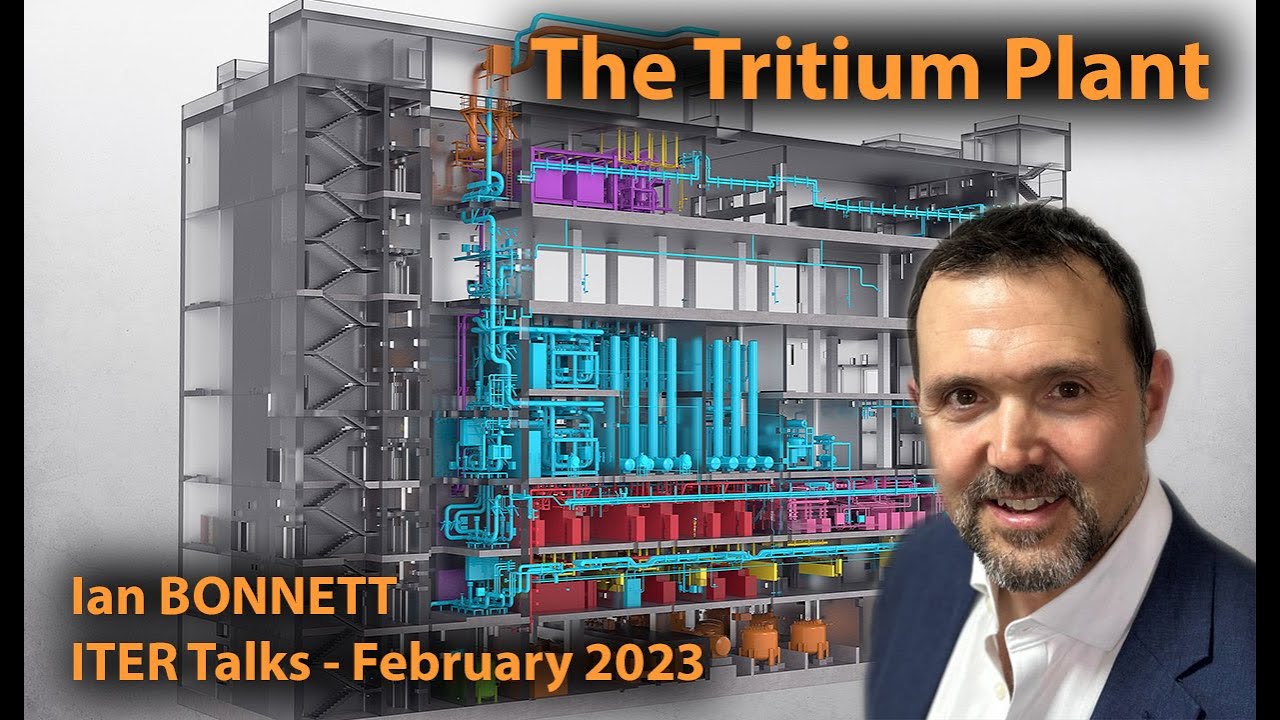In order to achieve steady-state operation, the International Thermonuclear Experimental Reactor (ITER), which will generate energy by the nuclear fusion of the two heavy isotopes of hydrogen, deuterium and tritium, the reactor must continually extract the “ash” from the plasma undergoing fusion, remove the helium created by fusion, and separate the unreacted deuterium and tritium (ITER will burn only 0.3% of the fusion fuel during its flow through the reactor chamber), and recycle them back into the reactor. When the reactor is operating, the tritium fuel flow will be 1.06 kilograms per hour, and when you consider that the cost of tritium produced in nuclear reactors is around US$ 30,000 per gram (thirty million dollars per kilogram), recovering all the unburnt tritium is essential. (Mature power production fusion reactors will produce new tritium to replace that consumed by breeding it in a lithium blanket that absorbs the neutrons released by the fusion reaction). Tritium is radioactive and, like all isotopes of hydrogen, prone to escape from containment, embrittle metal, and difficult to separate from other isotopes only compound the engineering challenges in working with it.
